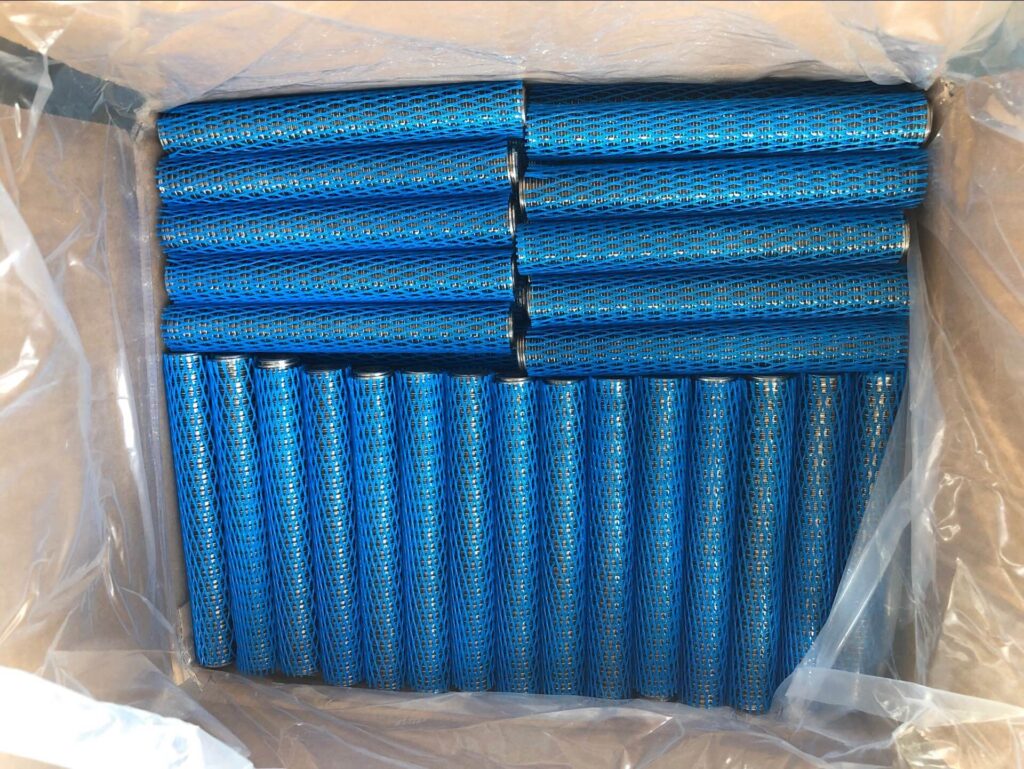hastelloy c276 Stud bolts manufacturer
How are bolts made of Hastelloy C-276 material produced?

The production process of twin-headed bolts includes a series of precise manufacturing steps to ensure their dimensional accuracy and mechanical properties. The following is the general process of producing double-headed bolts:
- Preparation of raw materials:
• Material selection: Select suitable steel (such as carbon steel, stainless steel or alloy steel) as raw materials to ensure that they meet the mechanical and chemical performance requirements of the product.
• Cutting: Cut the raw material into steel bars or steel wire of the required length.
- Forming:
• Cold Heading: The heading of one or both ends of the steel rod is thickened by the cold heading machine to form a preliminary bolt head or threaded part. This step can improve the strength and toughness of the material.
• Turning: Use the lathe for further processing to ensure that the size and shape of the bolt meet the requirements.
- Thread processing:
• Thread Rolling: The two ends of the bolt are processed by the thread rolling machine to form the required thread. The wire rolling process can not only improve the strength of the thread, but also ensure the accuracy and surface finish of the thread.
• Thread Cutting: In some cases, thread cutting processes are used to process threads, especially for small batches or bolts with specific thread specifications.
- Heat treatment:
• Quenching and Tempering: Heat treatment of bolts according to material and performance requirements to improve their hardness and strength.
• Annealing: Sometimes annealing is needed to eliminate internal stress and improve the processability of the material.
- Surface treatment:
• Electroplating: such as galvanized, nickel-plated or chrome-plated to increase the corrosion resistance and aesthetics of bolts.
• Phosphating: Improve anti-corrosion performance and lubrication.
• Coating: such as spray paint or plastic spraying, provide an additional protective layer.
- Inspection and testing:
• Size check: Use measurement tools (such as calipers and thread gauges) to check the size and thread accuracy of bolts.
• Mechanical performance test: conduct tensile, hardness and torque tests to ensure that the mechanical properties of the bolts meet the standards.
• Surface quality inspection: Check the quality of the surface treatment to ensure that there are no defects and uniformity.
- Packaging and storage:
• Cleaning: Clean the bolts to remove oil and residue from the production process.
• Packaging: According to customer requirements and standards, the bolts are classified and packaged to prevent damage during transportation and storage.
• Labels and logos: Mark the specifications, quantity and batch numbers on the package for traceability and management.
The above is the general process of the production of double-head bolts. The specific process steps may be adjusted according to the special requirements of the product and different production equipment.
Hastelloy c276 material features?
Hastelloy C276 is a nickel-molybdenum-chromium alloy with excellent corrosion resistance and mechanical properties and is widely used in various harsh environments.
- Excellent Corrosion Resistance: Hastelloy C276 exhibits excellent corrosion resistance in many corrosive environments, especially chloride media. It resists corrosion well whether in acidic, alkaline or chlorinated environments.
- Corrosion resistance to salt water and other chloride media: This is a very important characteristic for marine engineering and chemical process applications.
- Acid Resistant: Hastelloy C276 is resistant to many acids, including sulfuric, hydrochloric, phosphoric, and acetic.
- High temperature performance: In addition to maintaining good mechanical properties at high temperatures, it also maintains excellent corrosion resistance in high temperature environments.
- Resistance to Pitting and Crevice Corrosion: Hastelloy C276 is particularly good at resisting these forms of corrosion in certain environments where they can be problematic.
- Weldability: While welding of this alloy requires specialized technique and precautions, under the right conditions it welds well and the weld area retains its primary corrosion resistance and mechanical properties.
- Available in a Variety of Forms: Hastelloy C276 is available in plate, rod, wire, and welded products, providing engineers with a variety of options to meet a variety of design and application needs.

What is a hexagonal bolt?
A hexagonal bolt, also known as a hex bolt, is a form of threaded fastener with a hexagonal head. It’s one of the most common types of bolts and an integral part of various assemblies across different industries.
How to use hexagonal bolts?
Hex bolts are typically used with a nut to connect two or more parts, with the bolt’s shaft passing through the parts and the nut providing the necessary clamping force. A washer may also be used between the nut and the parts being fastened to distribute the pressure evenly and prevent damage or loosening due to vibrations.
Material types of hexagonal bolts.
Hex bolts come in different sizes, lengths, and grades to accommodate various applications and loads. They are also available in a range of materials, including carbon steel, stainless steel, and alloy steel, among others, each offering different levels of strength, corrosion resistance, and temperature tolerance.
Advantages of hexagonal bolts.
One of the major advantages of hex bolts is their hexagonal head, which provides a larger surface area for wrenches or other tools, allowing for easy installation and removal. The six-sided design also reduces the risk of the tool slipping off during use, making it safer and more efficient. Overall, hex bolts are a versatile, reliable, and easy-to-use fastening solution, serving a critical role in a wide array of applications.

